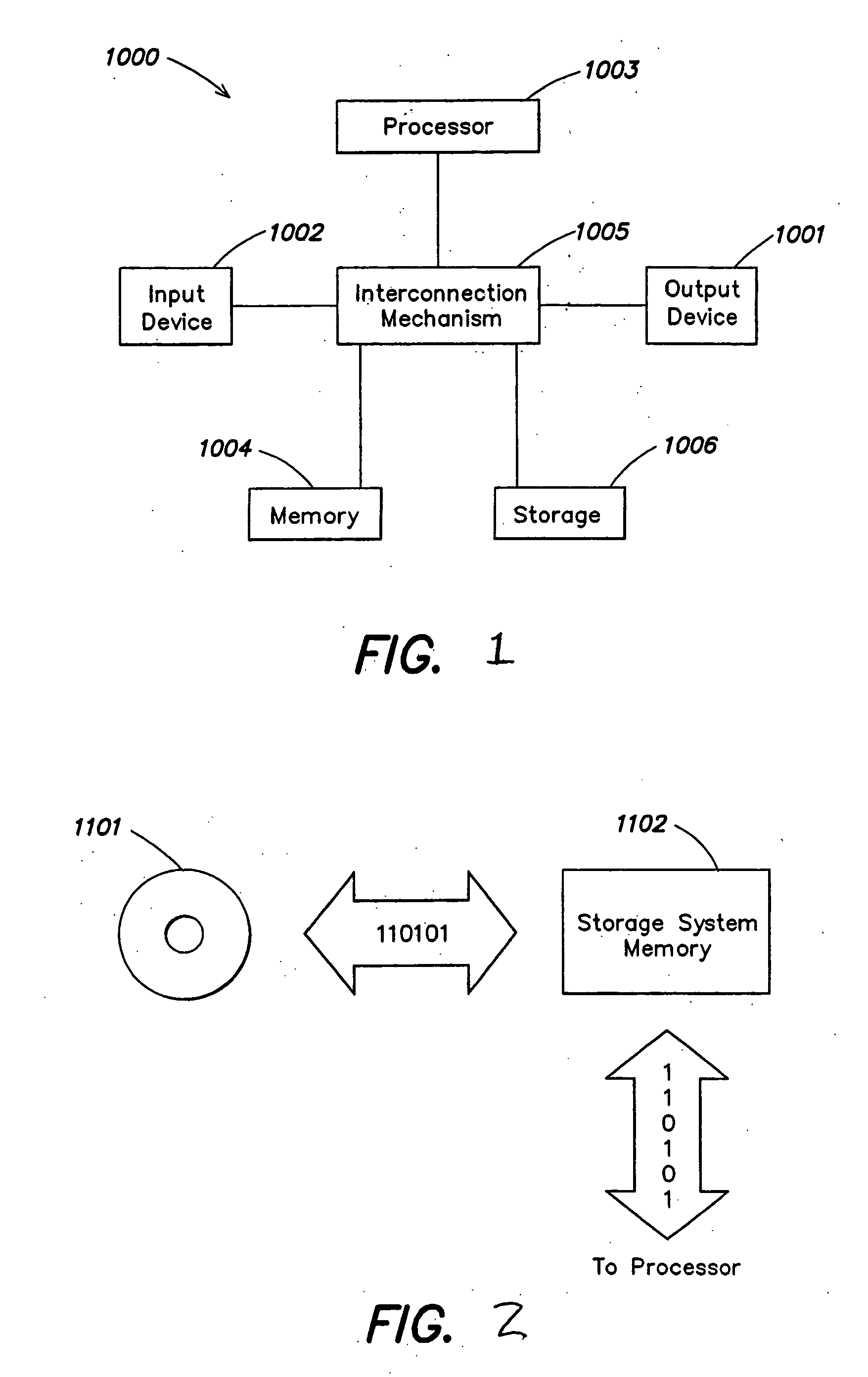Methods and systems relating to embryonic stem cell lines
a technology of embryonic stem cells and methods, applied in the field of embryonic stem cell line generation, can solve the problems of destroying samples and supplying them
- Summary
- Abstract
- Description
- Claims
- Application Information
AI Technical Summary
Benefits of technology
Problems solved by technology
Method used
Image
Examples
example 1
Isolation and Generation of Isogenic Feeder Cells
[0125] Endometrial biopsies were obtained with consent from the patient with a catheter (Gynetics, Amsterdam, The Netherlands) during the luteal phase of the previous cycle of the IVF process. Endometrial samples were placed in a drop of Dulbecco's Modified Eagle Medium (DMEM) and cleaned with a scalpel, eliminating any clots and mucus. Then using two scalpels in a scissor-like action, the tissue was cut into small pieces measuring less than 1 mm. Once cut, the tissue was transferred to a conical tube containing 10 ml of a 0.1% collagenase IA solution (obtained by mixing 9 ml DMEM with 1 ml collagenase). To carry out the digestion, the Falcon tube was placed horizontally in a shaking water bath at 37° C. for 1 hour. At the end of the incubation, the conical tube was removed, placed in a rack and left to rest for 10 minutes inside a laminar flow cabinet. The supernatant, in which the stromal cells are suspended, was collected and filt...
example 2
Derivation of Human Embryonic Stem Cells on Isogenic Feeder Cells
a. Production of a Blastocyst:
[0130] During development, a zygote (i.e., a fertilized egg) divides to reach the 8-cell stage, which divides twice to yield a 32-cell stage known as a morula. After 5-6 days, the morula undergoes cavitation to form a blastocyst comprising an inner cell mass (ICM) and a layer of trophoectoderm cells which surrounds a fluid-filled cavity known as the blastocoel. The ICM is located within the blastocoel.
[0131] Normal and split embryos can develop into blastocysts in vitro. Techniques for achieving this developmental progression are well known in the art including e.g., culture on monolayers. In one method, zygotes are co-cultured up to the blastocyst stage with endometrial epithelial cells (Simon et al. 1999, J. Clin Endocrinol Metabol, 84:2638-2646), which give high efficiency blastocyst development. Zona pellucida is removed from blastocysts by brief incubation in Tyrode's solution, or...
PUM
 Login to View More
Login to View More Abstract
Description
Claims
Application Information
 Login to View More
Login to View More - R&D
- Intellectual Property
- Life Sciences
- Materials
- Tech Scout
- Unparalleled Data Quality
- Higher Quality Content
- 60% Fewer Hallucinations
Browse by: Latest US Patents, China's latest patents, Technical Efficacy Thesaurus, Application Domain, Technology Topic, Popular Technical Reports.
© 2025 PatSnap. All rights reserved.Legal|Privacy policy|Modern Slavery Act Transparency Statement|Sitemap|About US| Contact US: help@patsnap.com

